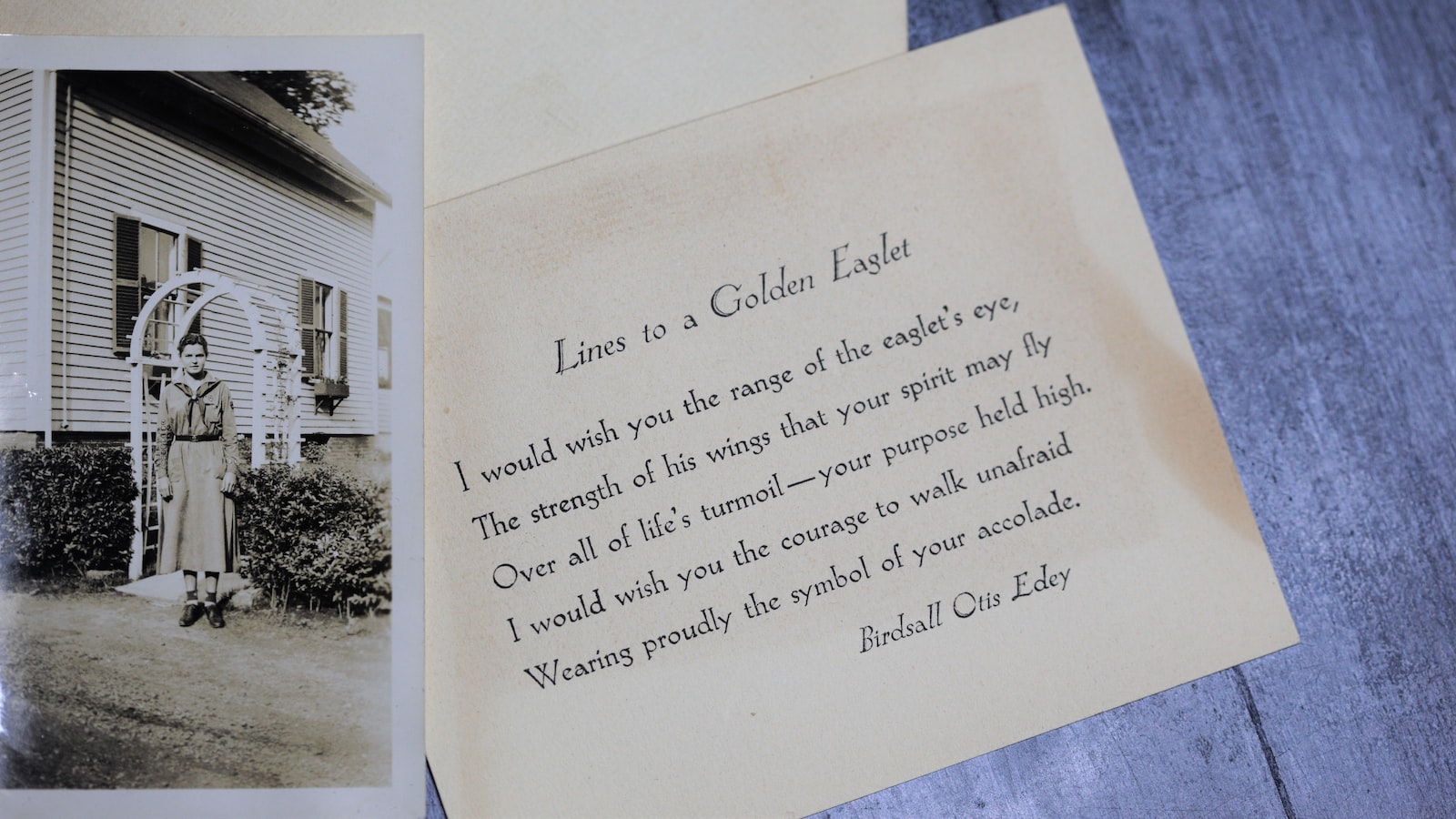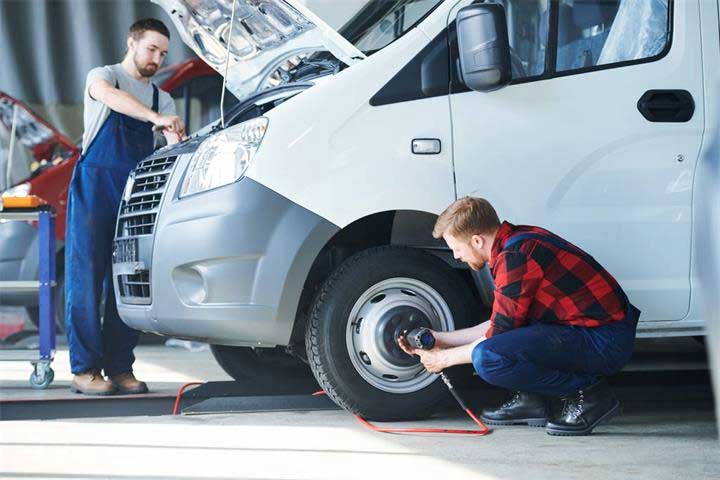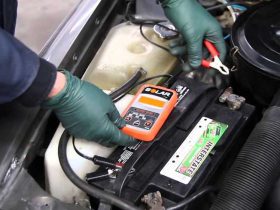
Leaks, whether they be from toilets, sinks, or another source, can be a major problem for homeowners. Not only do they create inconveniences and damage but they can also be expensive even in relatively small amounts. In this article, we’ll cover the basics of leaky plumbing and ways to detect and address common leaks.
Signs of a Leak
If you suspect a leak in your home, it’s important to act quickly in order to limit the damage and costs associated with plumbing repairs. The most common signs of a leak are:
-
- A sustained rise in water bills, even when household water use remains consistent.
-
- Visible water damage, such as discoloration or full puddles.
-
- Strange, persistent gurgling or bubbling sounds coming from the plumbing.
-
- Mold or musty odors coming from walls or corners.
If you notice any of these telltale signs, it’s likely that you have a leak and should take steps to address it. Be sure to turn off the water line connected to the affected area to minimize further damage. Depending on the severity of the leak, you may want to call a professional plumber.
Common Causes of Leaks
Most common types of household leaks can be attributed to the following causes:
- Worn Pipes & Fittings
- Plumbing pipes and fittings are subject to natural wear and tear over time. Old, rusty pipes or lack of proper connections between fixtures can cause slow, persistent leaks.
- Sewer Lines
- Particularly in older homes, damaged or clogged sewer lines can cause leakage and unflattering odors. In addition to the usual signs of a leak, sewer backups often cause toilets to fill with water or gurgling sounds when drains are used.
- Overpressure
- Pressures on the water system that exceed the recommended limits can cause all sorts of leaks and potentially hazardous situations. If a water system has issues with low pressure and you attempt to address it with devices such as booster pumps, be sure to limit the pressure so that it does not exceed the recommended limit.
Types of Leak Repair
Depending on the cause of the leak, there are several ways to address it. Here are a few of the most common repair methods for plumbing leaks:
-
- Replacement: When dealing with pipes and fittings, the most common and safest solution is to replace the affected area completely.
-
- Repair: When a joint has come loose or a seal has been cut, you may be able to address the issue by simply tightening or replacing the part.
-
- Patch: In cases where pipes are damaged but not broken, you may be able to use a sealant or epoxy to patch up the area and prevent further water damage.
-
- Resealing: If a seal around a pipe joint has failed, it may be possible to reseal the area using a plumber’s tape or similar product.
Leak Detection Services
Sometimes it’s difficult to directly pinpoint the source of a leak. Fortunately, there are leak detection services available that can use sophisticated technology to locate and isolate the source of water damage. These services usually include a professional visit to the premises, during which inspectors will use specialized cameras and other tools to detect moisture and pinpoint the exact location of a leak. This can be a time-consuming process, but it’s usually the most effective way to address a hard-to-find leak.
The Bottom Line
Leaks can be a major problem for homeowners. Understanding when you have a leak, the possible causes, and ways to address them can help you to save time, money, and hassle. Whether you choose to tackle the problem yourself or call a professional, it’s best to address any signs of plumbing leakage as soon as possible in order to avoid further damage to your home.



















